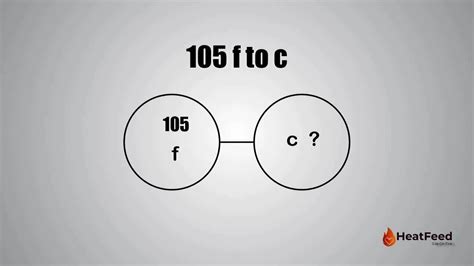How To Assign Oxidation Numbers

Assigning oxidation numbers is a crucial step in understanding the chemical properties and reactions of molecules. Oxidation numbers, also known as oxidation states, are a way to keep track of the number of electrons that an atom has gained or lost in a chemical reaction. In this article, we will delve into the world of oxidation numbers, exploring the rules and methods for assigning them, as well as providing examples and applications to illustrate their importance.
Key Points
- The oxidation number of an atom is a measure of its degree of oxidation, with positive numbers indicating a loss of electrons and negative numbers indicating a gain of electrons.
- The rules for assigning oxidation numbers include assigning a number of 0 to atoms in their elemental state, assigning a number of +1 to atoms in Group 1 and -1 to atoms in Group 17, and using the electronegativity of atoms to determine the oxidation number of atoms in compounds.
- Oxidation numbers are used to identify the oxidizing and reducing agents in a chemical reaction, as well as to balance chemical equations.
- The oxidation number of an atom can change during a chemical reaction, resulting in the transfer of electrons between atoms.
- Understanding oxidation numbers is essential in fields such as chemistry, biology, and materials science, where the properties and reactions of molecules are critical to understanding complex phenomena.
Rules for Assigning Oxidation Numbers

Assigning oxidation numbers can seem like a daunting task, but it can be simplified by following a set of rules. The first rule is to assign a number of 0 to atoms in their elemental state. For example, the oxidation number of oxygen in O2 is 0, as is the oxidation number of hydrogen in H2. The second rule is to assign a number of +1 to atoms in Group 1 (such as lithium, sodium, and potassium) and -1 to atoms in Group 17 (such as fluorine, chlorine, and bromine). The third rule is to use the electronegativity of atoms to determine the oxidation number of atoms in compounds.
Electronegativity and Oxidation Numbers
Electronegativity is a measure of an atom’s ability to attract electrons in a covalent bond. Atoms with high electronegativity, such as oxygen and fluorine, tend to attract electrons towards themselves, resulting in a negative oxidation number. Atoms with low electronegativity, such as hydrogen and lithium, tend to lose electrons, resulting in a positive oxidation number. By considering the electronegativity of atoms, we can determine the oxidation number of atoms in compounds. For example, in the compound H2O, the oxidation number of oxygen is -2, while the oxidation number of hydrogen is +1.
| Element | Electronegativity | Oxidation Number |
|---|---|---|
| Oxygen (O) | 3.44 | -2 |
| Hydrogen (H) | 2.20 | +1 |
| Fluorine (F) | 3.98 | -1 |
| Lithium (Li) | 0.98 | +1 |

Examples and Applications

Oxidation numbers have numerous applications in chemistry and related fields. One example is in the identification of oxidizing and reducing agents in a chemical reaction. By assigning oxidation numbers to the atoms in a reaction, we can determine which atoms are gaining or losing electrons, and thus identify the oxidizing and reducing agents. For instance, in the reaction between hydrogen peroxide (H2O2) and potassium permanganate (KMnO4), the oxidation number of manganese changes from +7 to +2, indicating that it is the oxidizing agent.
Redox Reactions and Oxidation Numbers
Redox reactions, or oxidation-reduction reactions, involve the transfer of electrons between atoms. By assigning oxidation numbers to the atoms in a redox reaction, we can track the flow of electrons and understand the chemical changes that occur. For example, in the reaction between iron (Fe) and oxygen (O2), the oxidation number of iron changes from 0 to +3, while the oxidation number of oxygen changes from 0 to -2. This reaction is a classic example of a redox reaction, where iron is oxidized and oxygen is reduced.
What is the oxidation number of oxygen in water (H2O)?
+The oxidation number of oxygen in water is -2.
How do you determine the oxidation number of an atom in a compound?
+The oxidation number of an atom in a compound can be determined by considering the electronegativity of the atoms and the rules for assigning oxidation numbers.
What is the importance of oxidation numbers in chemistry?
+Oxidation numbers are essential in understanding the chemical properties and reactions of molecules, and are used to identify the oxidizing and reducing agents in a chemical reaction.
In conclusion, assigning oxidation numbers is a crucial step in understanding the chemical properties and reactions of molecules. By following the rules for assigning oxidation numbers and considering the context of the compound and the properties of the atoms involved, we can gain a deeper understanding of the chemical changes that occur in a reaction. The importance of oxidation numbers cannot be overstated, and their applications in chemistry and related fields are numerous and far-reaching.



